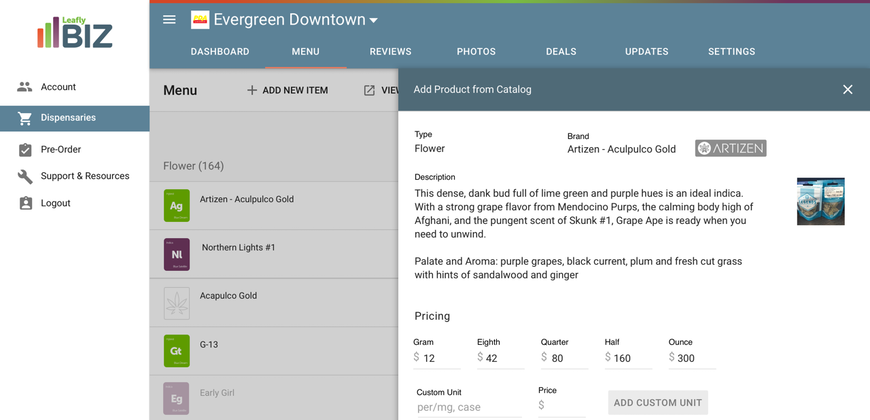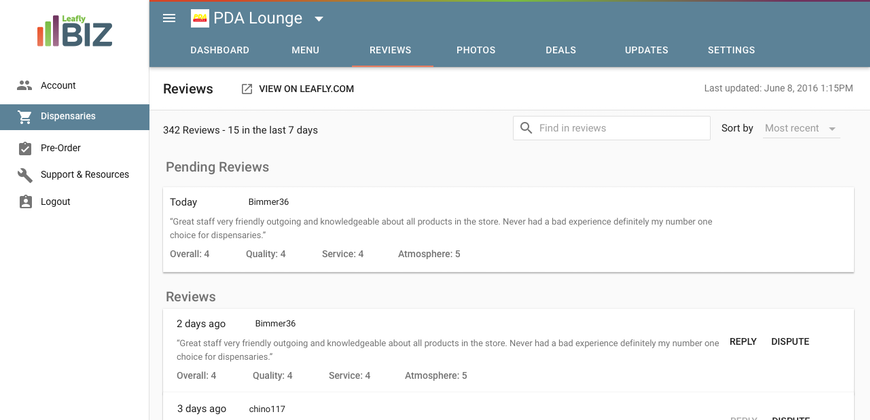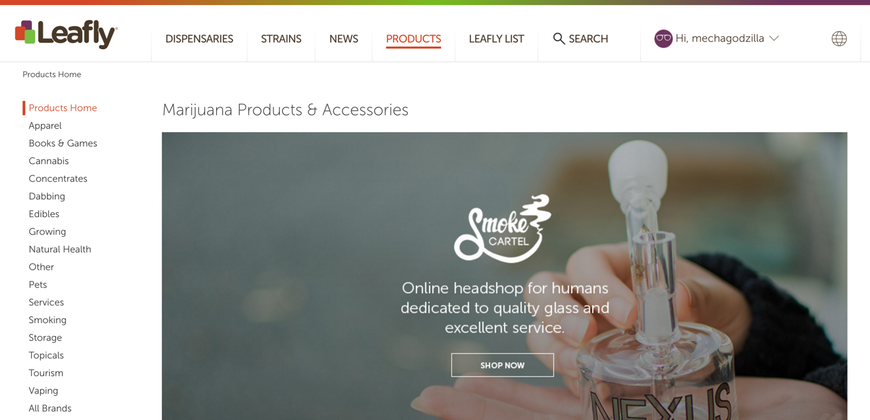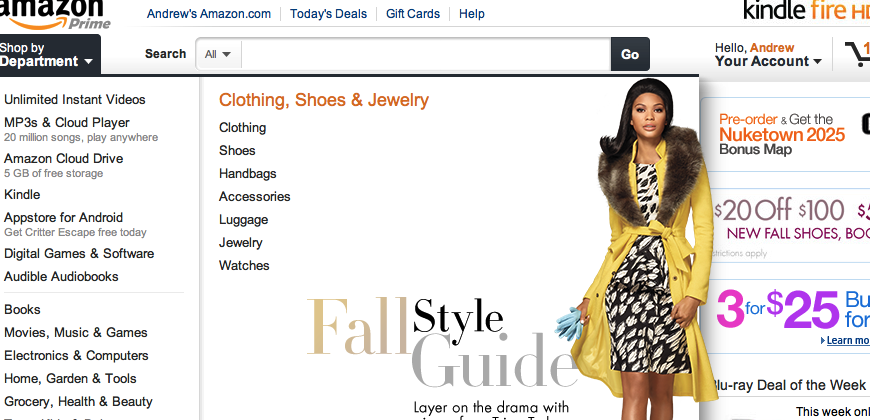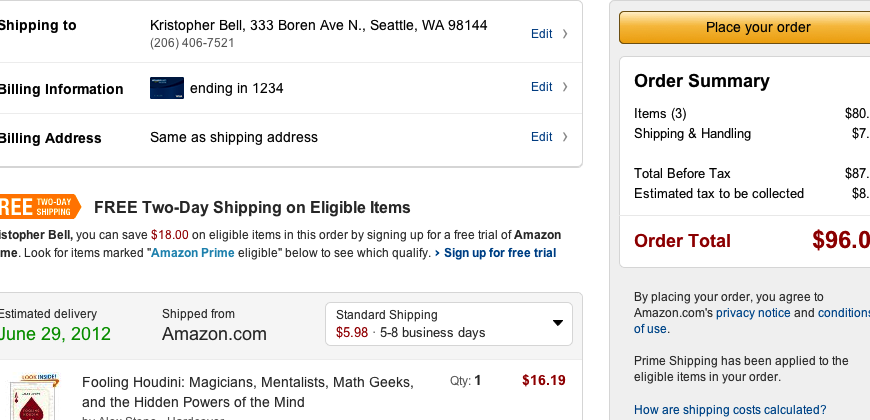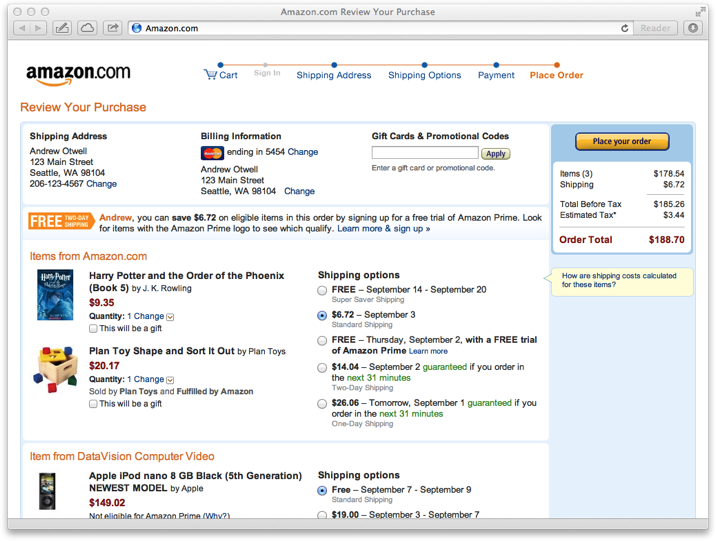Leading all UX for LabKey's products in big data management and workflow for life sciences.
- Design leadership & experience strategy for scientific lab inventory management and biologics development. I've introduced design thinking and methods at LabKey, including design sprints and experience visions.
- Responsible for the design and end-to-end experience of projects: user interviews,requirements and use case definition, workflow & information architecture, and detailed interaction design.
- Collaborate closely with team leads across LabKey to deliver new features and iteration on existing ones.
- Continuously working to bring a human-centric perspective to deeply technical products.
